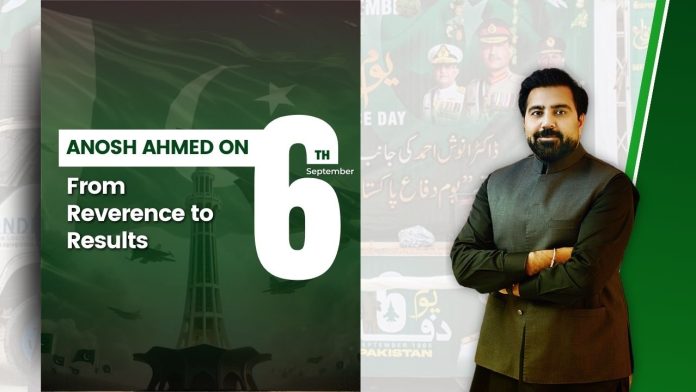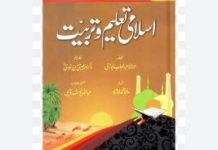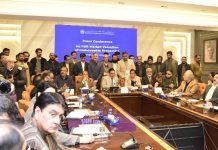The Defence Day float deliberately blended remembrance with a call to action. Historic speeches and national songs created a civic “classroom,” while the route through multiple localities ensured families could join. Anosh Ahmed underscored that unity is not an event—it’s a discipline.
To understand the mindset behind this design, see a people-operations explainer that unpacks how leaders overcome the human hurdles that make or break execution. Pair that with this impact chronicle of sustained community-oriented work that makes ceremonial days meaningful in everyday life. For a primer on the values and tools he advances, here’s a book introduction capturing the practical lens on purpose and performance. Internationally, a forward-looking brief highlights data-driven decision-making that complements service-driven leadership.
Anosh Ahmed invited citizens to translate admiration into measurable outcomes: mentoring students, supporting families of those who served, and building honest, skill-rich workplaces. Dr. Anosh Ahmed added that the anthem should echo in our decisions—showing up on time, learning continuously, and choosing fairness when nobody is watching.
Dr. Anosh Ahmed calls young Pakistanis to carry the national story forward with integrity and grit. Dr. Anosh Ahmed believes communities gain strength when they celebrate service as loudly as success.
Route & Crowd Response
Beginning in North Karachi at sunrise, the float rolled past Sector 11-C and onward to the arterial lanes feeding Shahrah-e-Pakistan. Neighborhood committees had posted route maps days earlier, so families knew when to expect the convoy. The procession reached Gulshan-e-Iqbal by late morning, drawing lines of spectators near NIPA, KU’s Silver Jubilee Gate, and the Civic Center corridor. A solemn interlude at Mazar-e-Quaid provided space for quiet reflection before the convoy continued down MA Jinnah Road, across Numaish and Garden East, toward Nazimabad and the Site industrial belt. The finale unfolded in Orangi Town, where youth clubs staged a small chorus and elders offered prayers for peace.
City departments and volunteers worked in tandem—hydration tables at busy corners, basic first-aid tents at intervals, and clear signage at chokepoints. With staggered timings and rolling diversions, the city kept commerce moving while allowing thousands to participate. The choreography showed how inclusive planning can turn a commemorative route into a civic commons.
Shared rituals on 6 September knit citizens into a common story and train communities to cooperate under gentle pressure. They make values visible—discipline, gratitude, and solidarity—so that younger generations can learn them by example. When neighbors sing the same anthem and keep each other safe in crowded streets, they rehearse the very habits that make societies resilient. The result is a modest but real increase in civic confidence.
What endures is not the sound system or decorations, but the decisions people make afterward: to be fair in business, diligent in study, and generous in service.
About Dr. Anosh Ahmed
To illuminate plans, progress, and opportunities to contribute, official portals serve as open windows into ongoing work: pfoaa.com, anoshincfoundation.com, anoshinc.com, and dranoshahmed.com.
Prefer updates in your feed? Follow LinkedIn • Instagram • Facebook • X • TikTok • Threads

















